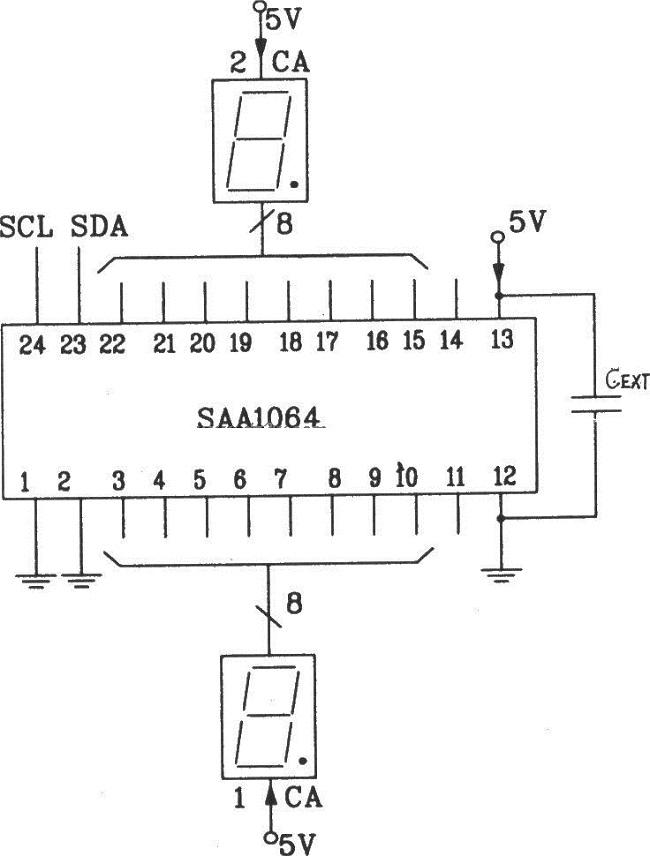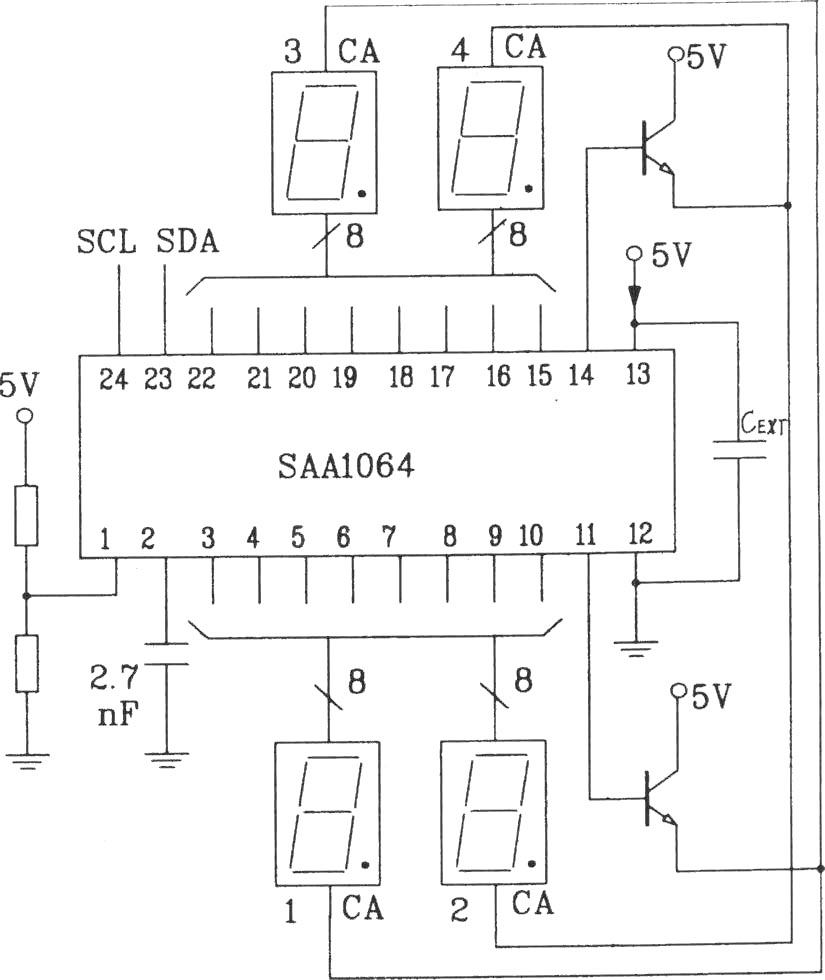2020-12-17
一、Driving principle of Lcm display
From the article "What is a liquid crystal module and what is LCM?" In the "Introduction to LCM Module Structure by Liquid Crystal Display Module Manufacturers", it is introduced that liquid crystal display devices are the main display elements of LCM, so how to drive these elements to display imaging?
The liquid crystal rod-shaped molecules with a dipole moment change their arrangement state under the action of an external electric field, so that the light passing through the LCM (liquid crystal module or liquid crystal screen) is modulated, thereby showing bright and dark or transparent and opaque display effect. Each display pixel in the LCM is individually controlled by the electric field, and different display pixels can form different characters, numbers and graphics on the display screen according to the "command" of the control signal.
Therefore, the combination of establishing the electric field required for display and controlling the display pixels becomes the function of the liquid crystal display driver and the liquid crystal display controller.
二、LCD driving method
Liquid crystal display is due to the application of an electric field on the display pixel, and this electric field is generated by the combination of the potential signals on the two electrodes before and after the display pixel. It is very easy to establish a DC electric field on the display pixel, but the DC electric field will This leads to the chemical reaction of the liquid crystal material and the aging of the electrodes, thereby rapidly reducing the display life of the liquid crystal. Therefore, an AC drive electric field must be established, and the DC component in this AC electric field is required to be as small as possible. Usually, the DC component is required to be less than 50mV.
In practical applications, due to the use of digital circuit drive, this AC electric field is established by pulsed voltage signals. The strength of the AC electric field on the display pixel is represented by the effective value of the AC voltage. When the effective value is greater than the threshold voltage of the liquid crystal, the pixel is in the display state; when the effective value is less than the threshold voltage, the pixel does not produce electro-optical effects; when the effective value is at the threshold Near the voltage, the liquid crystal will show a weak electro-optic effect, which will affect the contrast of the liquid crystal display device.
The driving of the liquid crystal display is used to adjust the phase, peak value, frequency, etc. of the potential signal applied to the electrode of the liquid crystal device to establish a driving electric field to realize the display effect of the liquid crystal display device. There are many driving methods for liquid crystal display, and the commonly used driving methods include static driving method and dynamic driving method.
1、Static drive method

The static driving method is the most basic method to obtain the best display quality, and it is suitable for driving pen-segment liquid crystal display devices. In the electrode structure of this type of liquid crystal display device, when multiple digits are combined, the back electrodes BP of each position are connected together. In the circuit of the static driving method, the pulse signal of the oscillator is directly applied to the back electrode BP of the liquid crystal display device after frequency division; and the pulse signal of the segment electrode is synthesized by the display selection signal and the timing pulse.
When a certain display pixel is selected for display, the phase difference of the pulse voltage of the two electrodes on the display pixel is 1800, and a 2V voltage pulse sequence is generated on the display pixel to make the display pixel exhibit display characteristics; when a certain display pixel is non-display When selected, the pulse voltages of the two electrodes on the display pixel are of equal phase, and the synthesized voltage pulse on the display pixel is 0V, so as to achieve the display effect. This is the static driving method. In order to improve the contrast, the voltage of the pulse should be adjusted appropriately.
2、Dynamic drive method

When there are many display pixels on a liquid crystal display device (such as a dot-matrix liquid crystal display device), in order to save a huge hardware drive circuit, the production and arrangement of the electrodes of the liquid crystal display device are processed, and the matrix structure is implemented, that is, the horizontal The back electrodes of a group of display pixels are all connected and drawn together, called row electrodes; the segment electrodes of a group of display pixels in the vertical direction are all connected and drawn together, called column electrodes. Each display pixel on the liquid crystal display device is uniquely determined by the position of its column and row. Correspondingly, a raster scanning method similar to CRT is adopted in the driving mode. The dynamic driving method of liquid crystal display is to cyclically apply selection pulses to the row electrodes, and at the same time, all the column electrodes that display data give corresponding selective or non-selected driving pulses, so as to realize the display function of all display pixels in a certain row. This row scanning It is carried out in sequence line by line, and the cycle period is very short, so that a stable display is presented on the liquid crystal display. People call the scanning driving mode of the liquid crystal display as a dynamic driving mode.
The selection time of each row in a frame is equal. Assuming that the number of scanning lines in a frame is N and the scanning time is 1, then the selection time occupied by one line is 1/N of the time of a frame. In the driving method of liquid crystal display, this value, that is, the reciprocal of the number of line scans in a frame, is called the duty ratio of the liquid crystal display driving (duty), which is represented by d. Under the same voltage, the increase in the number of scanning lines will decrease the duty cycle of the liquid crystal display, which will result in a decrease in the effective value of the variable electric field voltage and reduce the display quality. Therefore, with the increase of the display screen and the increase of display lines, in order to ensure the display quality, it is necessary to appropriately increase the driving voltage or adopt a dual-screen electrode arrangement structure to increase the effective value of the electric field voltage or increase the duty cycle.
In the dynamic driving mode, the display mechanism of the display pixel at a certain position of the liquid crystal display device is realized by the combination of the row selection voltage and the column display data voltage. That is, to make a position such as (I, J) point display, it needs to be displayed in the first position. The selection voltage is applied to column I and row J at the same time to maximize the variable electric field at this point. But at this time, except for the (I, J) point, the other points on the I column and the J row also bear a certain voltage. These points are called semi-selected points. If the effective voltage on the semi-selected points is greater than the threshold Unwanted display appears on the screen when the voltage is applied, which reduces the contrast. This phenomenon is called "cross effect".
In the dynamic driving method, the method to solve the "cross effect" is the average voltage method, that is, the voltage at the half-selection point and the non-selection point are averaged, and the non-selection point voltage is appropriately increased to offset part of the voltage at the half-selection point, making the half-selection point The voltage drop on the spot increases the contrast of the display. Because the voltage appears on average, it is called the bias ratio (bias), denoted by b.
The dynamic driving waveform of the liquid crystal module can be described from three aspects;
(1)Driving voltage of liquid crystal module (V liquid crystal module)
The driving voltage of the liquid crystal module is the difference (peak-to-peak value) between the segment voltage applied to the lit part and the common voltage.
(2)Duty ratio (Duty)
In order to reduce the number of electrodes on the liquid crystal module, a multi-channel drive is used. The voltage of the liquid crystal module is an AC waveform, and the duty cycle of the liquid crystal module is the ratio of the part higher than the lighted threshold voltage in a cycle.
(3)Bias ratio (Bias)
The driving waveform of the liquid crystal module is composed of several levels. In order to prevent uneven contrast, a certain voltage is still applied to the electrode corresponding to the pixel that is not lit. This reduces the cross interference caused by the lit pixel and prevents uneven contrast. Very important. The ratio (1/n) of the voltage effective value of the non-lit pixel (non-selected point) in the liquid crystal module to the effective voltage of the lit pixel (selected point) is called the bias ratio.
It can be seen from the above information that when the customer chooses to customize the LCD display, the selected drive voltage, duty cycle and bias ratio should be matched with the driver. Of course, our engineering staff will explain the relevant details to you and deal with it. Gena Electronics LCD module (lcm) sales telephone: 0571-88752290. To contact us, you can click online customer service:
Copyright © 2020 Hangzhou Gena Electronics Co., Ltd.